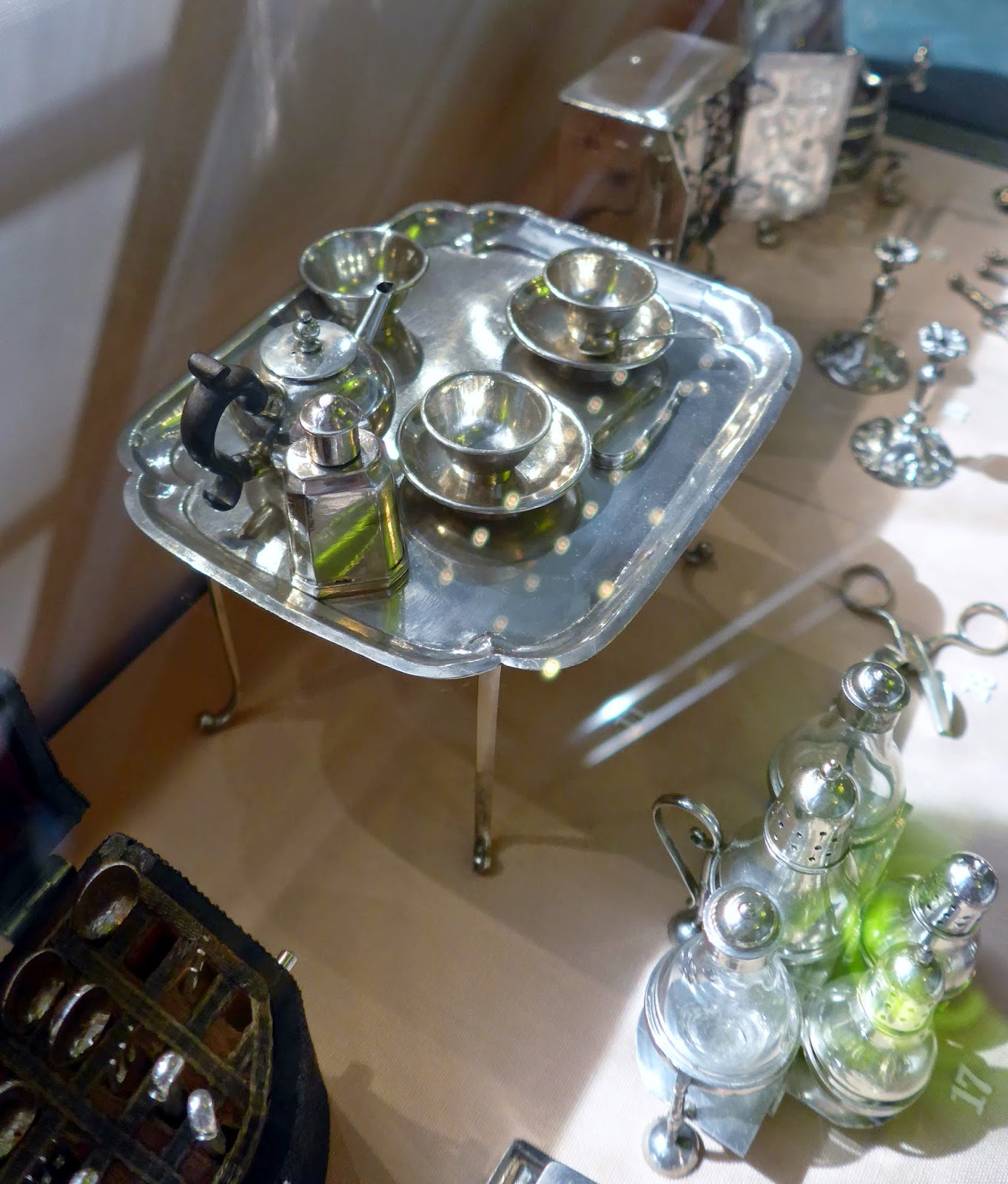'Cabinets of Wonder'
Perhaps you were wondering,
"where did this museum thing begin?"
If so, the Royal Albert Memorial Museum, RAMM, in Exeter
has answers for you.
Around 500 years ago,
'rulers and nobles', wanting to 'possess the wonders of the world',
collected unusual and exotic objects,
creating 'Cabinets of Wonder'.
A couple of centuries on, collectors began to be more systematic,
focussing on types of objects.
Their collections were often donated to public museums,
to contribute to scientific knowledge,
as objects for earnest learning.
Museums were serious business,
promoting proper learning and self improvement.
These collectors brought us...
...butterflies
...and more butterflies
very specifically from Bishopsteignton, Devon,
displayed in drawers.
...spiders
and flint tools.
I've shown you these before, in a previous post, here,
about things 'lost'
in the vicinity of Exeter.
Some collections appear slightly less thematic,
a bit random
and need more than a glass cabinet or drawer in which to display them.
Such as this Italian harpsichord and Kilimanjaro Giraffe.
Nowadays, collecting is not the preserve of rulers and nobles.
The RAMM invites you to become a collector.
Anyone can start a collection,
don't be put off by Giraffes and harpsichords.
Head to the beach.
Get out and about in the countryside.
Have a dig around in your garden.
One day your collection
might be the beginnings of a museum.
And when you have opened that museum,
you can invite visitors to say what they think.
They'll be interested and amazed.
And tell you what they like about your collection.
And you might find out that you've made a space for people to connect,
and spend time together,
making museums more than serious learning and self improvement.
It's amazing what inspires people to start collecting.
Some things you just have to keep, and add to,
creating your own 'Cabinets of Wonder'.
Antlers found in Scotland,
sheep's ribs found on Dartmoor,
teeny tiny shells scooped up in your hands from a beach in Brittany,
coloured shards of sandblasted glass picked up on the beach in Teignmouth,
a gecko's skull,
bottle tops, all 357 of them,
stones from the beach, that always look better wet,
and a current seasonal occupation, conkers,
all litter the shelves of our house.
all litter the shelves of our house.
Get collecting,
and perhaps take your 'nana' to see what others have collected,
to the RAMM in Exeter.
A brilliant place to spend time,
both with objects and grandparents.
Details on the RAMM website, here.































































